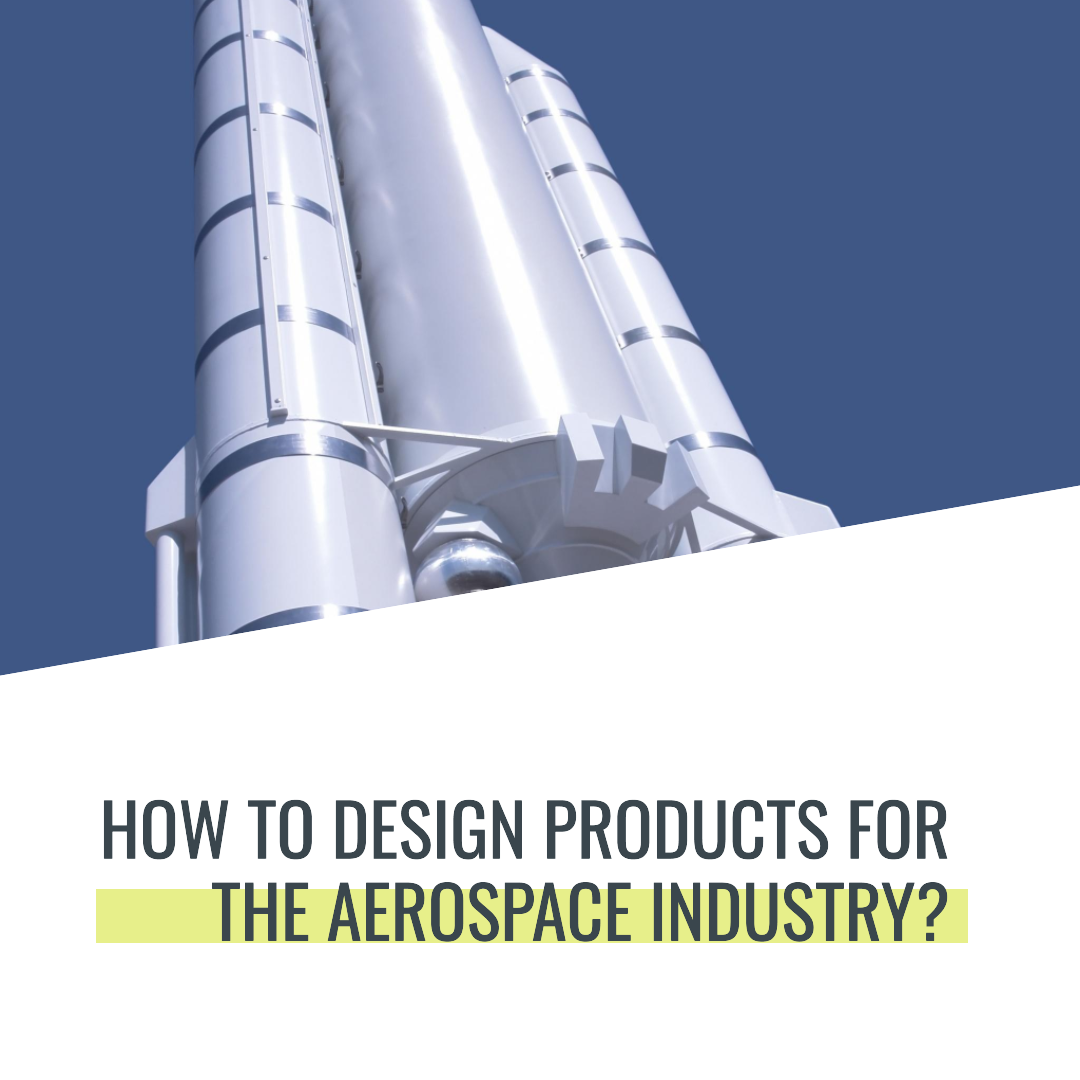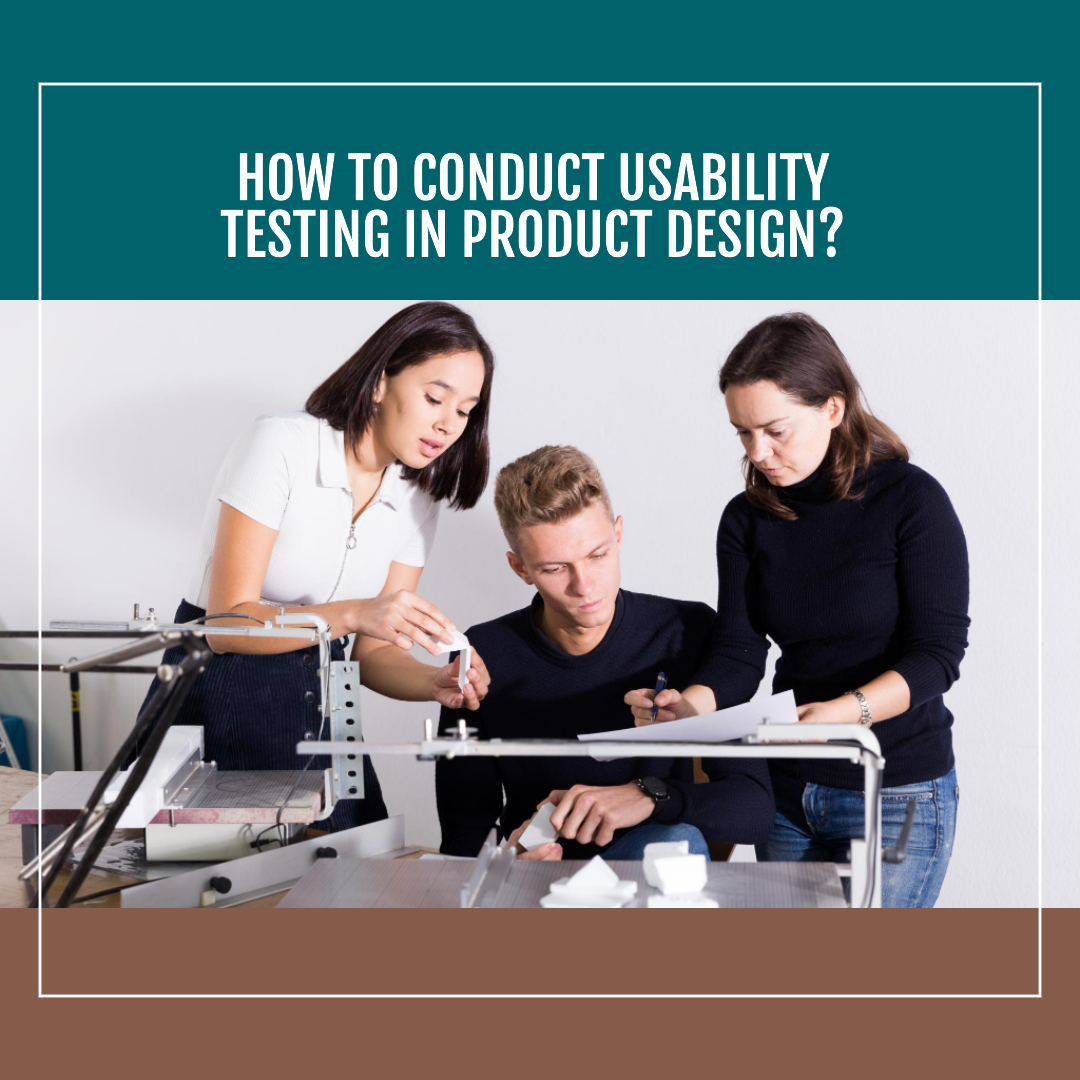How to design products for the aerospace industry?
Introduction
The aerospace industry is one of the most demanding and challenging industries in the world. Aerospace products must be able to withstand extreme conditions, such as high temperatures, pressures, and vibrations. They must also be lightweight and efficient, as every ounce of weight counts in an aircraft.
Designing products for the aerospace industry requires a deep understanding of the industry’s unique challenges and requirements. It also requires a high level of creativity and innovation, as aerospace engineers must constantly develop new and improved products to meet the needs of the industry.
Key principles of designing products for the aerospace industry
When designing products for the aerospace industry, it is important to keep the following key principles in mind:
- Safety: Safety is the top priority in the aerospace industry. All products must be designed to be safe for passengers, crew, and the general public.
- Reliability: Aerospace products must be reliable and durable. They must be able to withstand the rigors of flight, including extreme temperatures, pressures, and vibrations.
- Performance: Aerospace products must perform well. They must be aerodynamic, efficient, and responsive.
- Weight reduction: Aerospace products must be lightweight. Every ounce of weight counts in an aircraft, so it is important to design products that are as lightweight as possible.
- Cost-effectiveness: Aerospace products must be cost-effective. The aerospace industry is a highly competitive industry, so it is important to design products that are affordable for airlines and other customers.
Steps involved in designing products for the aerospace industry
The process of designing products for the aerospace industry typically involves the following steps:
- Requirements gathering: The first step is to gather requirements from customers, such as airlines and aircraft manufacturers. This involves understanding their needs and the challenges they face.
- Concept generation: Once the requirements have been gathered, the next step is to generate product concepts. This can be done through brainstorming, ideation sessions, and sketching.
- Product design: Once product concepts have been generated, the next step is to design them in detail. This involves creating 3D models and engineering drawings.
- Simulation and testing: Once a product design has been finalized, the next step is to simulate and test it. This is done to ensure that the product meets all safety, reliability, performance, and weight reduction requirements.
- Prototyping: Once the product design has been simulated and tested, the next step is to create a prototype. This allows the product to be tested and evaluated in real-world conditions.
- Manufacturing: Once the prototype has been tested and approved, the next step is to manufacture the product. This involves working with suppliers and manufacturers to produce the product to the highest standards.
Tips for designing successful products for the aerospace industry
Here are a few tips for designing successful products for the aerospace industry:
- Involve customers in the design process: Customers, such as airlines and aircraft manufacturers, are the end users of your product. It is important to involve them in the design process from the start to ensure that your product meets their needs and challenges.
- Use the latest technologies: The aerospace industry is constantly evolving, and new technologies are emerging all the time. It is important to use the latest technologies in your product designs to improve performance, reliability, and weight reduction.
- Work with experienced partners: Designing products for the aerospace industry is a complex task. It is important to work with experienced partners, such as aerospace engineers, regulatory experts, and manufacturers, to ensure that your product is safe, reliable, performant, lightweight, and cost-effective.








